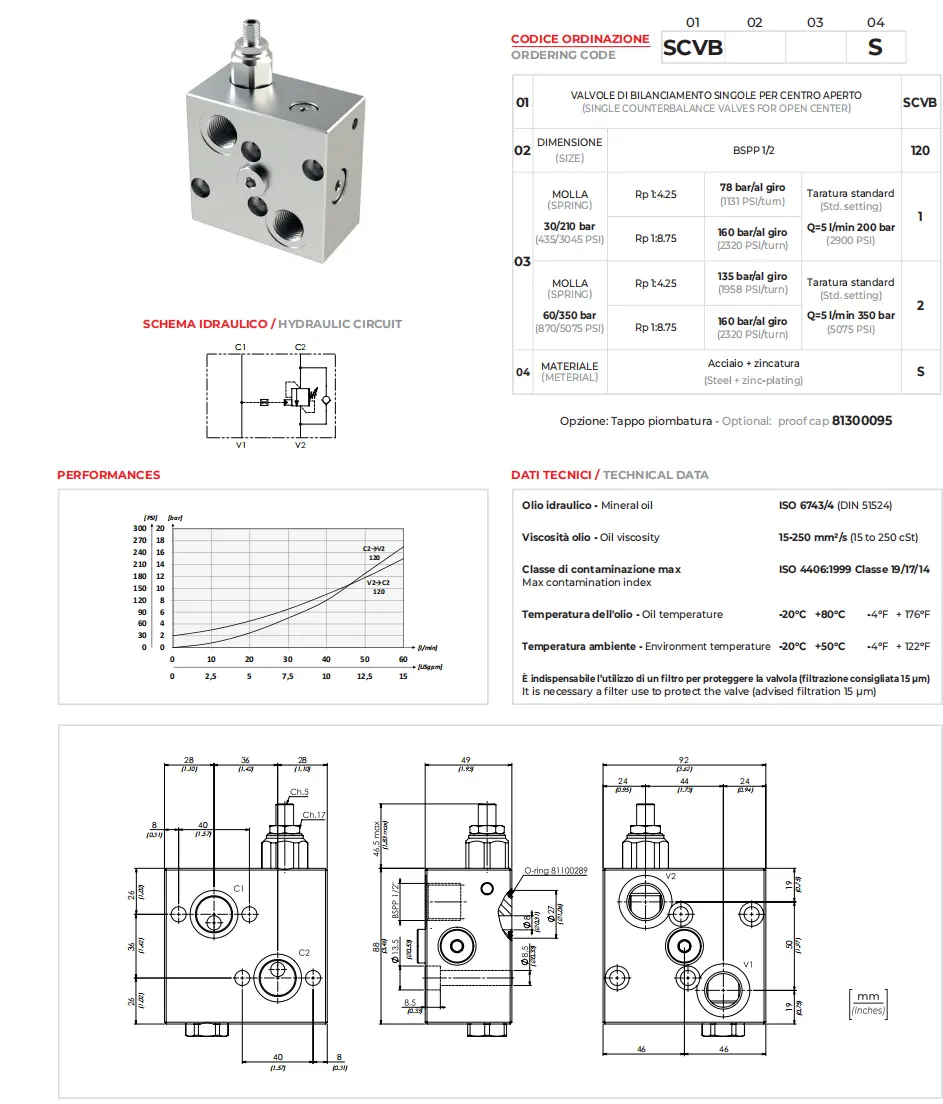
How does pilot pressure affect a counterbalance valve?
2024-03-14The pilot ratio of the counterbalance valve is the ratio of the pilot area and the overflow area, which means that this value is also equal to: when the counterbalance valve spring is set to a fixed value, the pressure required to open it when there is no pilot oil and the pilot oil alone open it pressure ratio.
When there is no pressure oil in the pilot oil port, the balanced opening pressure is the spring setting value. If there is no pilot oil supply, the balance valve is opened by the load, and the pressure drop will increase dramatically as the flow rate increases (this is also used to balance the load). If the influence of the outlet pressure is not considered, the pilot pressure = (set value - load) / area ratio. If the internal pilot is used, the opening pressure can be set by adjusting the relief valve bolt.
specific formula
Opening pressure = (set pressure - maximum load pressure) / pilot ratio of the valve

For a balance valve, if its pressure guide ratio is 3:1, there is a 3:1 proportional relationship between the pilot oil and the pressure area corresponding to the oil inlet opening valve core, so the control pressure required to open the valve core should be lower, and the control The ratio of pressure to the pressure at which the oil inlet opens the spool is approximately 1:3.
Leading Ratio
3:1 (standard) Suitable for conditions with large load changes and stability of engineering machinery loads.
8:1 is suitable for conditions where the load requirement remains constant.
Different working situations and environments require different choices of pressure ratio. When the load is simple and external interference is small, a large hydraulic control ratio is generally selected, which can reduce the pilot pressure value and save energy. In situations with large load interference and easy vibration, a smaller pressure ratio is generally selected to ensure that pilot pressure fluctuations will not cause frequent vibration of the counterbalance valve core.
Things to note when selecting a counterbalancing valve:
1. The flow rate can be slightly higher than the rated flow rate;
2. Use a valve with a low pilot ratio as much as possible, which is more stable;
3. The balance valve is used to control pressure, not speed;
4. All set pressures are opening pressures;
5. It cannot be used as a relief valve;
6. Stay as close to the actuator as possible to prevent the hose from bursting.




